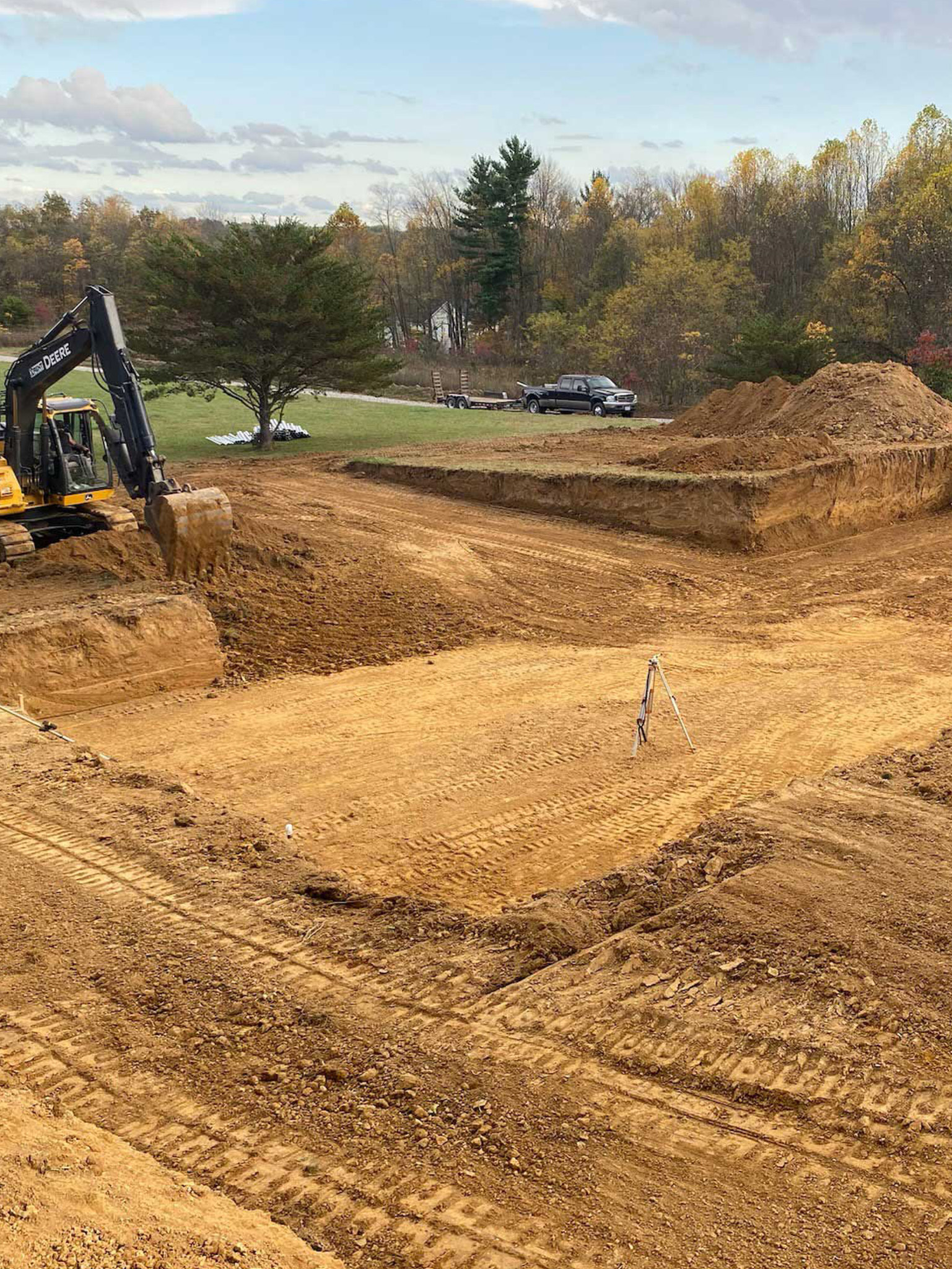Commercial Lancaster Trenching - Trenching Services for Companies in Lancaster
Commercial Lancaster Trenching - Trenching Services for Companies in Lancaster
Blog Article
Comprehensive Excavation Strategies: Understanding the Principles for Success
In the realm of building and construction and civil design, the importance of effective excavation approaches can not be overemphasized. The cautious planning, exact implementation, and thorough attention to detail required in excavation projects require a comprehensive technique that encompasses numerous fundamental elements. From first soil analysis to the application of precaution and routine progress monitoring, grasping these core aspects is important for achieving success in any kind of excavation venture. The true proficiency exists not simply in comprehending these principles yet in perfectly integrating them to navigate the intricacies of excavation jobs with skill.
Recognizing Excavation Task Planning

Effective excavation projects are developed on the foundation of careful and detailed planning. The preliminary stage of any type of excavation job is the drawing board, where important choices are made that can significantly impact the outcome of the project. During this stage, it is vital to gather all appropriate information regarding the website, including topographical surveys, dirt structure, and any possible threats that may exist. Recognizing the job scope, budget, and timeline restrictions is vital for creating an extensive excavation plan that makes certain the project's success.
One trick facet of excavation job planning is the growth of a comprehensive timeline that describes the sequence of turning points, due dates, and activities. By carefully considering all these aspects during the preparation phase, excavation jobs can be executed successfully and successfully, leading to effective end results - septic ohio.
Dirt Evaluation and Site Analysis
Carrying out detailed soil evaluation and website examination is a crucial action in the prep work stage of any type of excavation task. Dirt evaluation entails identifying the composition, framework, and properties of the dirt at the excavation site. This details is crucial for recognizing the soil's bearing ability, dampness material, and potential for erosion, which are key consider identifying the excavation techniques and equipment required for the project.
Site examination surpasses dirt evaluation and encompasses a more comprehensive analysis of the total site conditions. This evaluation consists of identifying any type of possible threats, such as underground energies, environmental worries, or unstable terrain, that might impact the excavation process. By thoroughly reviewing the site, task managers can develop effective excavation approaches that prioritize security, performance, and environmental management.
Using innovative technologies like ground-penetrating radar, dirt tasting, and drone surveys can boost the accuracy and effectiveness of dirt evaluation and website assessment. Spending time and sources in these preliminary actions can ultimately conserve time and avoid costly delays or difficulties throughout the excavation procedure.
Devices Choice and Use
Reliable excavation projects count greatly on calculated equipment selection and usage to make certain ideal efficiency and performance. Choosing the appropriate tools for the work is critical in maximizing performance and lessening downtime. Variables such as the sort of soil, depth of excavation, and project extent play a considerable function in figuring out one of the most appropriate devices for the job handy.

Along find out here now with selecting the ideal tools, appropriate utilization is key to project success. Operators must be educated to take care of the tools safely and successfully - excavating ohio. Normal maintenance checks and prompt repair page services assist prevent malfunctions and make sure regular performance throughout the job
Safety Measures and Regulations Compliance
In the realm of excavation projects, prioritizing precaution and conformity with guidelines is paramount to making certain a legally sound and safe and secure functional environment. Precaution include a variety of practices, consisting of conducting thorough site evaluations, implementing proper signage and barriers, and supplying sufficient safety training for all personnel involved in the excavation procedure. Adherence to policies, such as OSHA requirements in the USA, guarantees that the excavation project meets the necessary requirements to secure employees, onlookers, and the surrounding environment.

Tracking Development and Adjusting Strategies
Just how can project managers effectively track the development of excavation tasks and adjust their techniques accordingly to maximize results? Surveillance progress is important for making certain that excavation jobs remain on track and meet deadlines.

Verdict
In conclusion, grasping the fundamentals of comprehensive excavation approaches is necessary for the success of any task. By recognizing project preparation, assessing soil and website problems, picking suitable equipment, adhering to safety guidelines, and monitoring progress, project supervisors can make sure a efficient and smooth excavation process. Applying these methods will result in successful outcomes and minimize potential threats or problems during the excavation job.
The initial phase of any excavation project is the planning stage, where critical choices are made that can substantially influence the result of the task. Understanding the project range, spending plan, and timeline restrictions is vital for producing a thorough excavation strategy that makes certain the task's success.
Just how can project supervisors properly track the development of excavation tasks and adapt their approaches accordingly to maximize results? By very closely monitoring progress and being willing to adjust methods, job supervisors can enhance the general success of excavation projects.
By understanding task preparation, analyzing soil and site problems, picking suitable devices, complying with security guidelines, and checking development, project supervisors can make sure a smooth and effective excavation procedure.
Report this page